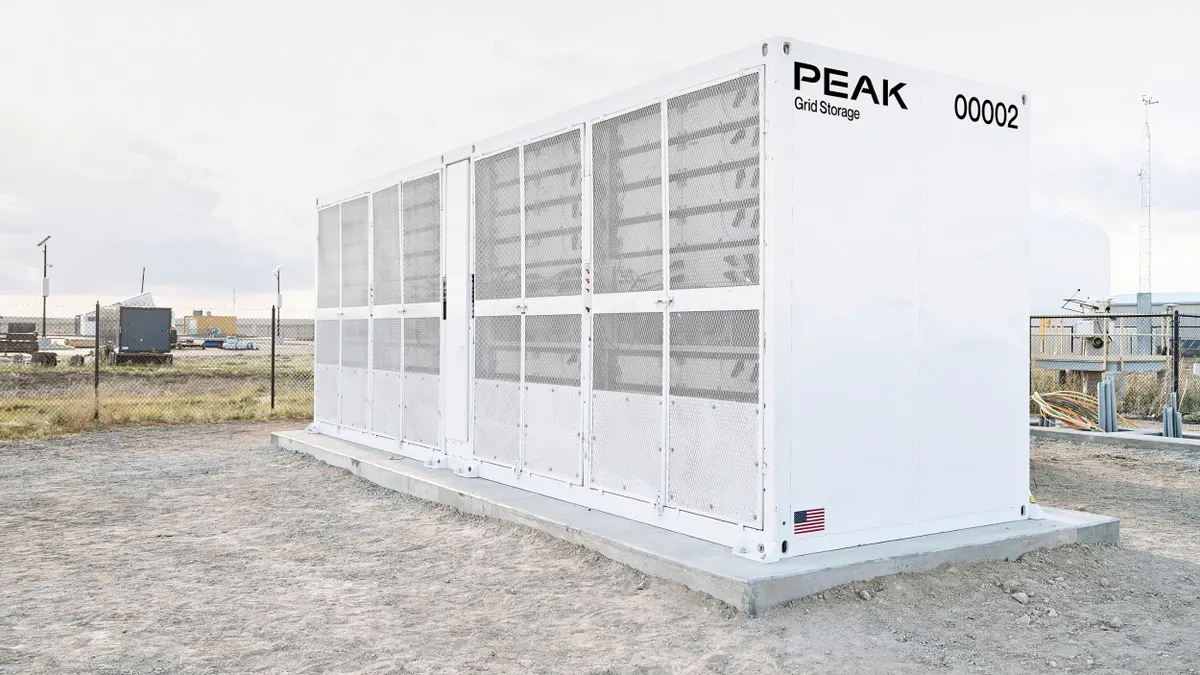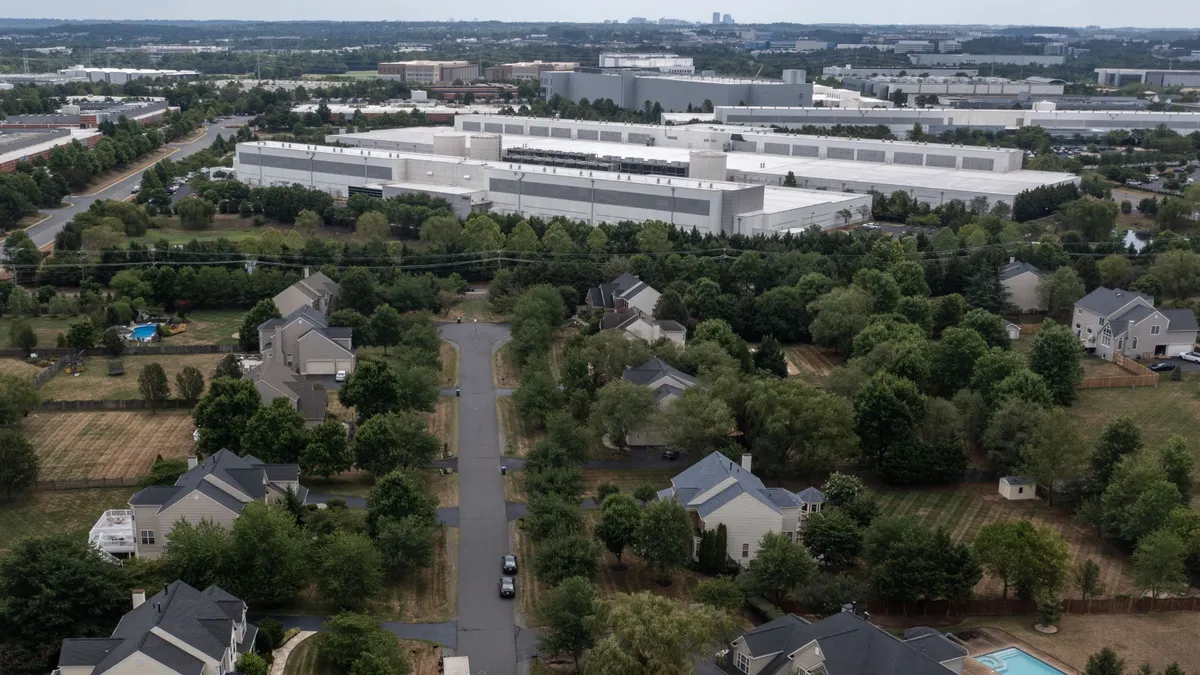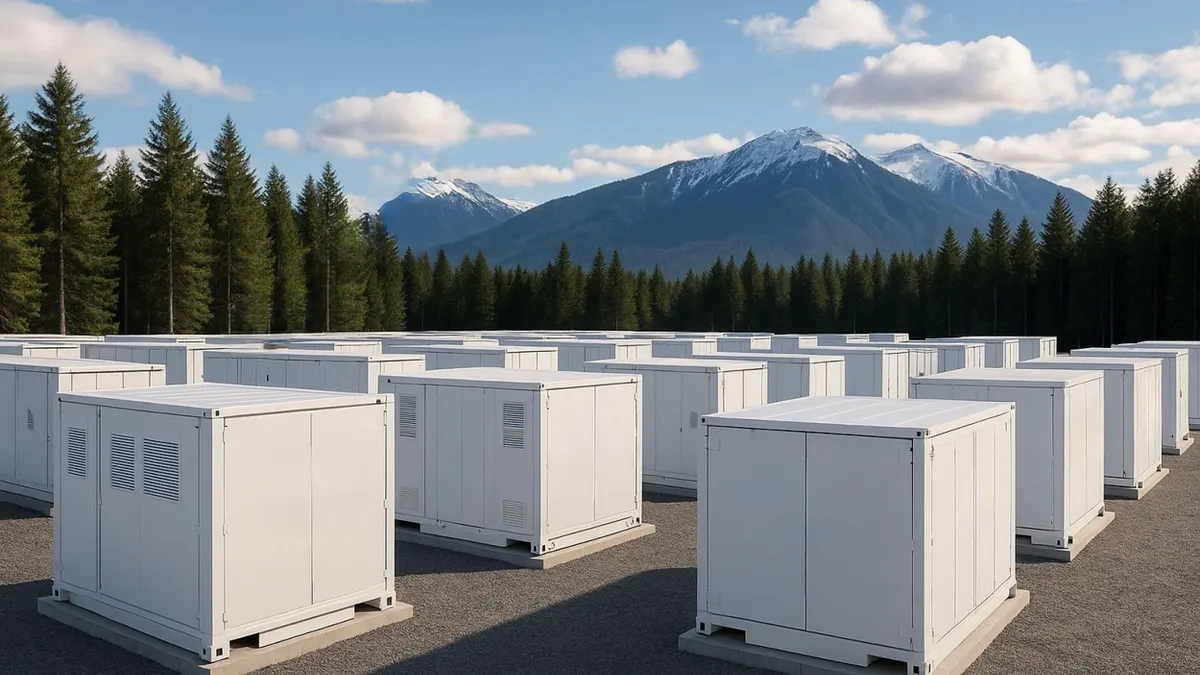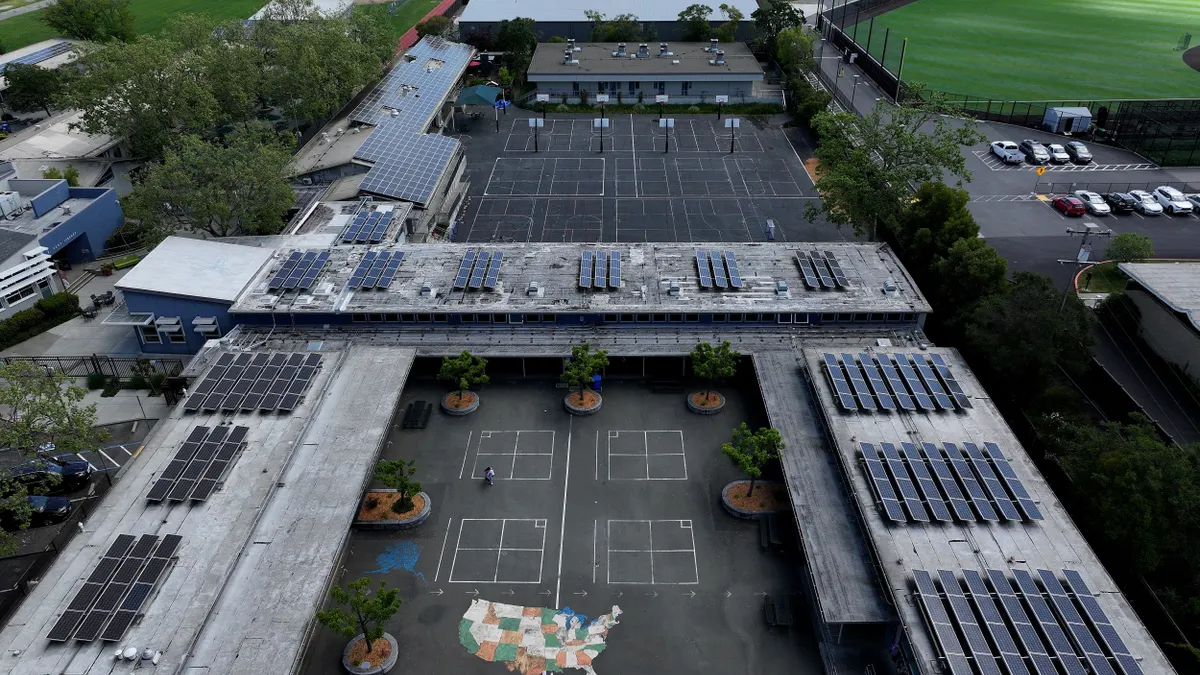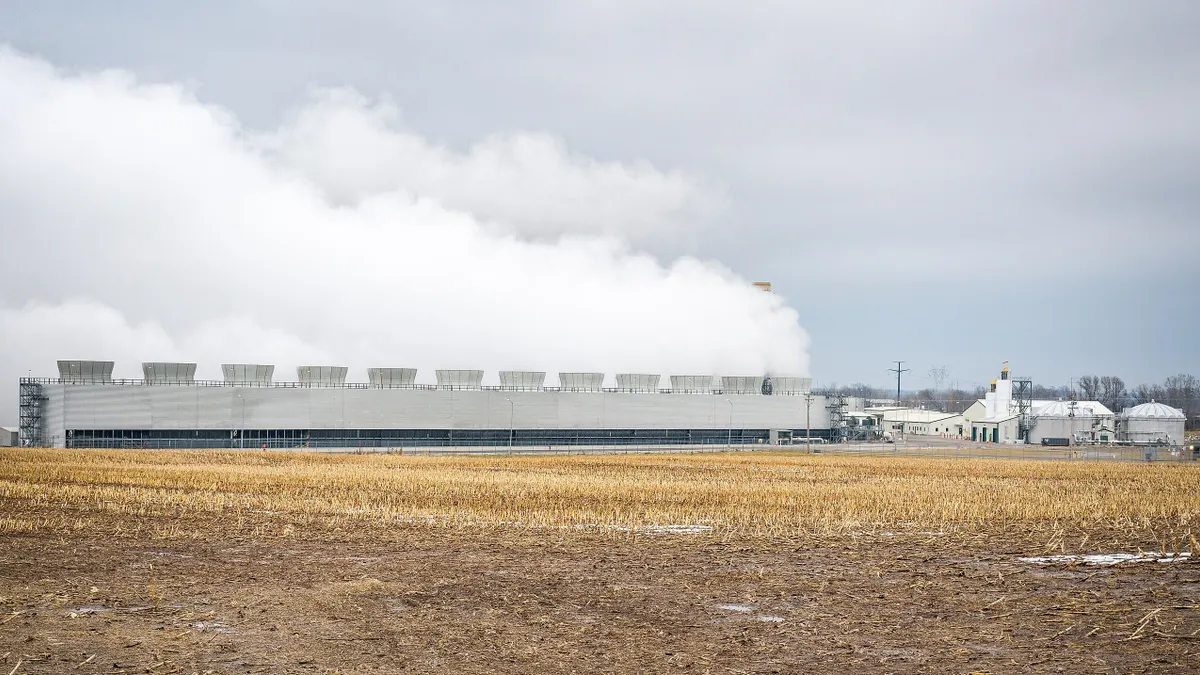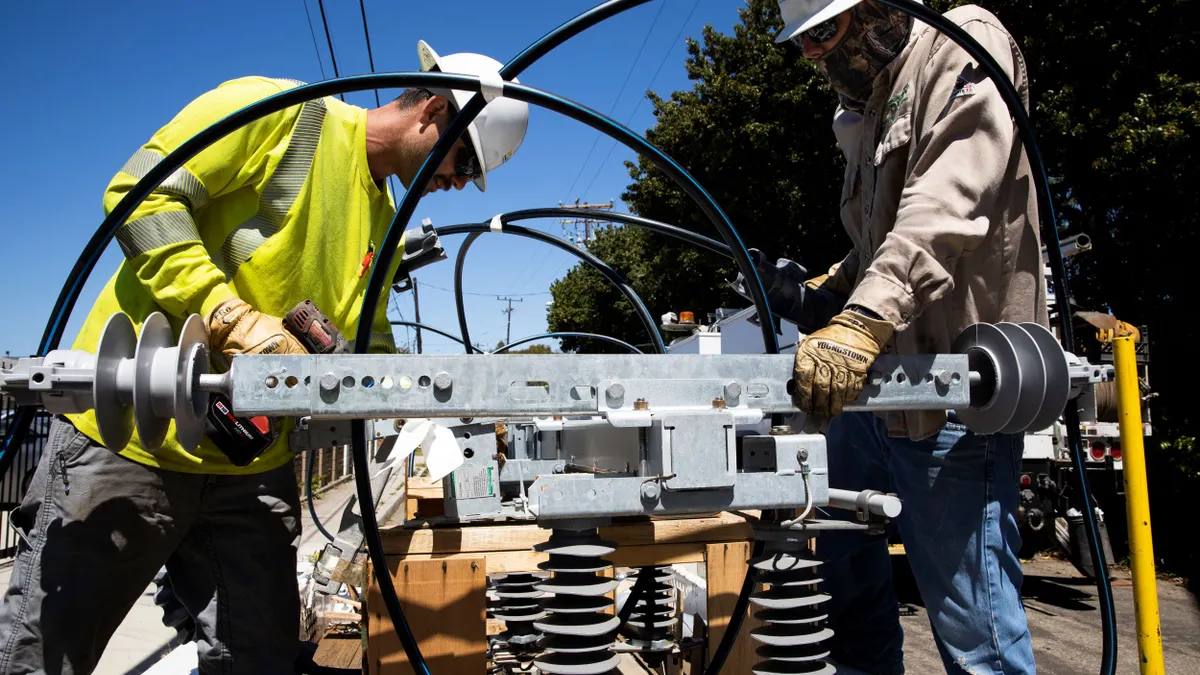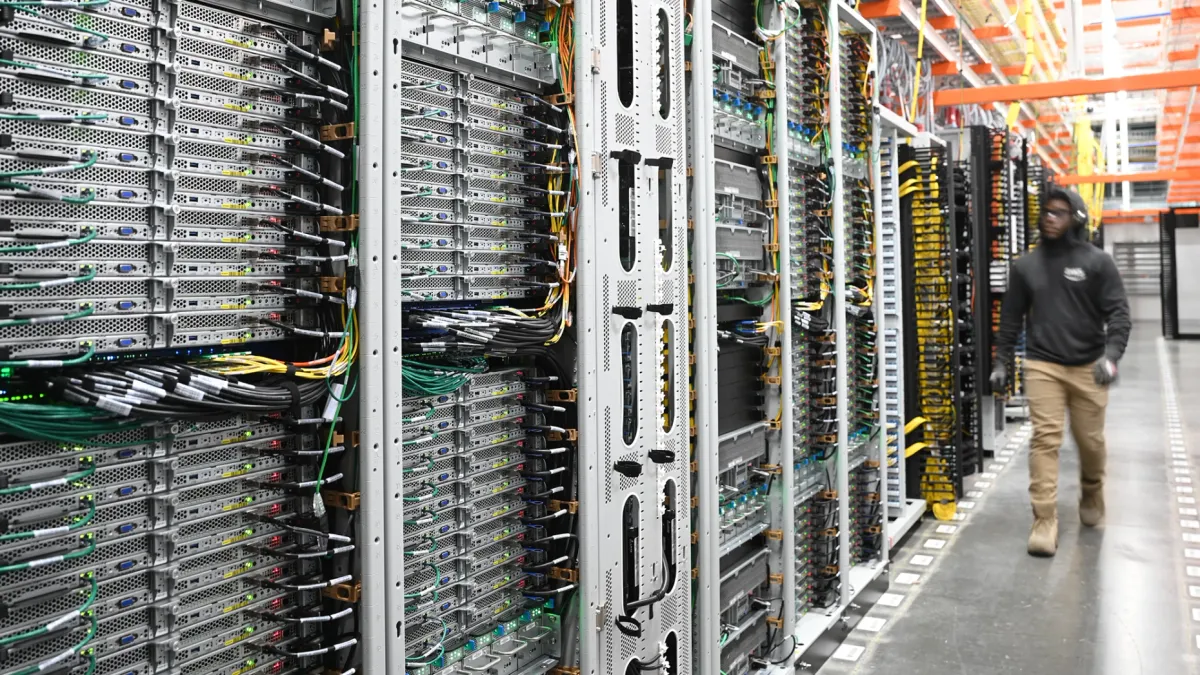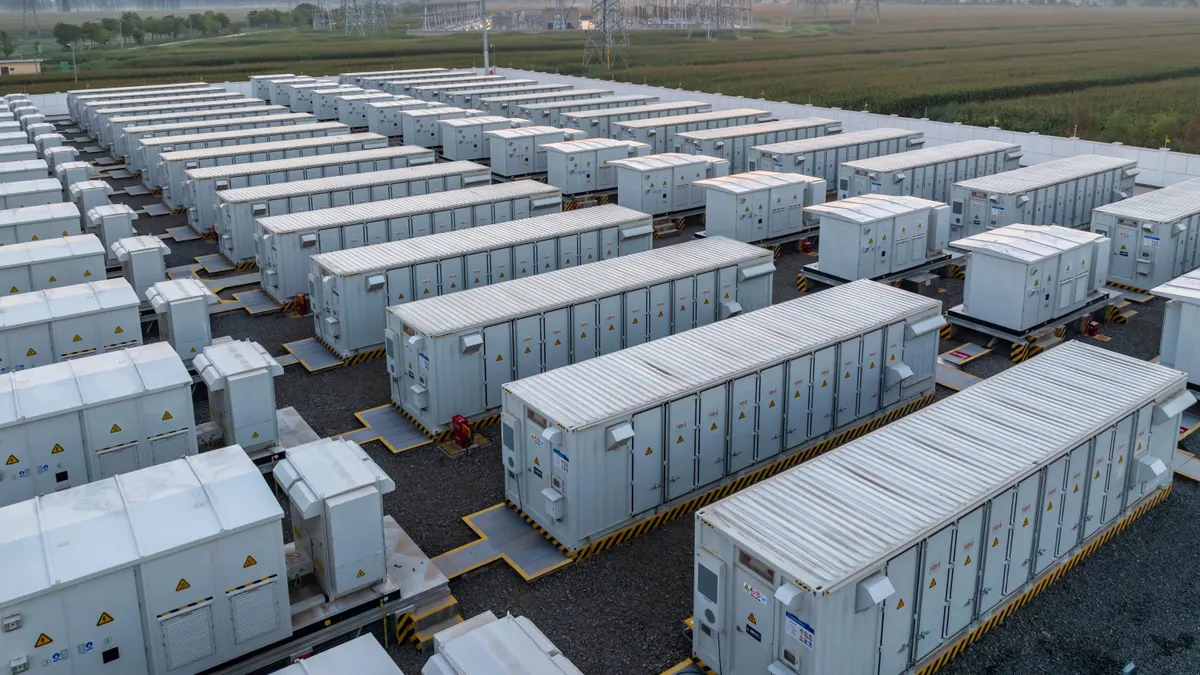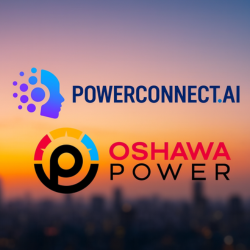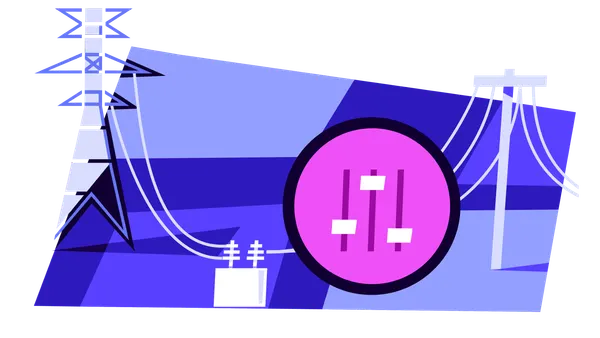Last month, on the high prairie east of its hometown, Denver-based Peak Energy powered up what it says is the United States’ first grid-scale sodium-ion battery installation and “the first ever fully passive megawatt-hour scale battery storage system” anywhere in the world.
Peak’s 3.5-MWh project marks a big step forward for the electrochemical battery chemistry that many experts believe is the most viable challenger to lithium-ion, which today dominates the energy storage market for discharge durations shorter than four hours.
“What’s nice about our technology is the way it looks and feels to a customer is like a new variant of a [lithium-ion battery] system,” said Landon Mossburg, CEO and cofounder of Peak Energy.
Sodium-ion batteries’ allure is growing amid volatile commodity pricing and an on-again, off-again trade war between the United States and China affecting lithium-ion batteries.
Sodium-ion storage has a simpler supply chain that eschews traditional battery metals, said Evelina Stoikou, an energy storage analyst with BloombergNEF. The U.S. has the world’s largest known reserves of soda ash, a sodium precursor that is more abundant globally than lithium, nickel and cobalt.
“Lithium-ion costs remain highly sensitive to raw material prices, meaning that spikes in lithium, nickel, or cobalt prices could improve sodium-ion’s relative competitiveness,” she said.
But Stoikou cautioned that swingy raw materials pricing can cut in the other direction. At the moment, rapidly-falling LFP costs are driving a boom in global lithium battery deployments.
“Expectations among [sodium-ion battery] manufacturers have cooled as LFP prices continue to trend downward, leading to a reduction in our expectations for sodium-ion to scale,” she said.
Sodium-ion proponents like Peak Energy believe sodium-ion chemistry, though less energy-dense than lithium, has inherent advantages that will allow it to compete on cost before the decade is done. Those include lower fire risk, higher discharge rates, more efficient thermal management and better performance in extreme hot and cold conditions. Mossburg estimates his batteries cost 20% less to operate over 20 years than an equivalent lithium-ion system.
China charges ahead on sodium-ion
As debate rages over sodium-ion batteries’ place in the global energy mix, sodium-ion battery manufacturers and developers are moving forward — particularly in China.
In fact, Peak’s groundbreaking Colorado installation also looks puny next to recent sodium-ion deployments in the world’s second-largest economy. One Chinese state-owned power company is developing a 100 MW/200 MWh installation. Another recently commissioned a 200 MW/400 MWh hybrid sodium/lithium facility that it says reduces system costs by 30% over a sodium-ion-only equivalent. Industry analysts and insiders credit the advancements to the Chinese government’s supply-side subsidies and product standardization.
“Much of the know-how and production for sodium-ion batteries is concentrated in China [and] initial deployment of new-generation sodium-ion products will continue to be in China,” Stoikou said.
China’s sodium-ion push is reminiscent of its decade-long strategy to dominate the market for lithium-ion battery precursors, materials and components. Its head start leads some Western analysts and entrepreneurs to conclude that China will also dominate the sodium-ion battery market, at least for grid-scale energy storage applications.
Others, including Peak Energy, are making a different bet. As production scales up in China and eventually the United States, they expect sodium-based battery producers to carve out a sizable share of the rapidly-growing stationary storage market worldwide — not only in China. BloombergNEF expects global stationary storage capacity to grow 12-fold over the next 10 years.
High-profile failures sow doubts in U.S. market
Clouding that optimistic vision is the recent failure of Natron Energy. The once high-flying sodium-ion battery startup folded in September, barely a year after announcing plans to build a $1.4 billion, 14-GW manufacturing facility in North Carolina. It was the second U.S. sodium-ion company to go bankrupt in 2025. Stanford University spinout Bedrock Materials closed in April, citing technical and market challenges.
Yet even sodium-ion skeptics like Stanford University scientist Adrian Yao, lead author on a widely-cited January paper questioning the technology’s near-term commercial potential, warn against reading too much into Natron’s failure. Yao told IEEE Spectrum earlier this month that Natron may have been too early to its chosen niche: high-powered, short-duration batteries for data centers and large industrial facilities.
“Hyperscalers right now, their primary concern is just getting connected and building data centers,” he said. “I think timing on that cycle may be early.”
Where ‘sodium excels’
According to Unigrid cofounder and CEO Darren Tan, less energy-dense but higher-power sodium battery modules are indeed better suited to shorter-duration applications. Those include backup and demand response for commercial and industrial users, a niche Natron aimed to fill with its first products.
“Fifteen to 60 minutes is the real market now — that’s where lithium struggles and sodium excels,” Tan said in an interview.
Isshu Kikuma, another BloombergNEF energy storage analyst, said in an email that steadily falling prices mean lithium-ion batteries are now cost-competitive at durations of six to eight hours in some geographies. For years, energy storage experts have expected flow batteries — whose active ingredients are typically petroleum-based or metals heavier than lithium and sodium — and more novel technologies to dominate durations longer than four or five hours.
That’s one reason Tan believes sodium-ion is not in a position to challenge lithium-ion in grid-scale stationary storage. He also blames China’s head start on commercialization and its ruthlessly competitive clean tech culture, which drives prices far below levels Western manufacturers can match.
“If sodium is ever cheaper than lithium, it will be the Chinese who win, same as today,” he said.
At least in the near term, Unigrid is focusing on opportunities outside the world of stationary storage. For example, Tan said Unigrid’s power cell batteries are ideal drop-in replacements for traditional lead-acid car starters — a $15 billion opportunity, he said.
“That’s an existing market, not a projected one,” Tan said, alluding to the fact that sodium batteries’ grid-scale storage potential remains largely untested.
In the longer run, Tan said sodium-ion chemistry could eat into lithium’s dominance in behind-the-meter storage at shorter durations.
Because they’re less energy-dense, sodium-ion batteries have a lower risk of thermal runaway, the electrochemical process that can lead to battery fires like the January conflagration that consumed a 300-MW battery array on the central California coast. With encouragement from Environmental Protection Agency Administrator Lee Zeldin, communities around the country have tightened restrictions on lithium-based energy storage or frozen their development entirely since the fire at the Moss Landing energy facility.
“Commercial businesses, data centers, residences in urban environments — these are areas where safety is important,” Tan said.
Peak Energy says its time has come
Peak Energy’s Mossburg has a different view. He believes a particular variety of sodium-ion battery can compete at utility scales and that price parity with lithium will come sooner than the skeptics expect.
The active cathode ingredient in the batteries at Peak Energy’s Colorado facility is sodium pyrophosphate, or NFPP. In an interview, Mossburg said Chinese investment flows this year indicate NFPP chemistry is edging out other sodium-ion varieties in the world’s biggest battery market, likely lifting U.S.-based NFPP developers.
“Most of the investment is happening in NFPP, which wasn’t clear when we made the call,” Mossburg said.
In a July press release, Peak Energy touted its passively-cooled batteries’ advantages over lithium-iron-phosphate chemistry, or LFP. LFP is the lithium-ion variant that accounts for most stationary storage facilities being built today.
One big advantage is a 90% reduction in auxiliary power use — a direct benefit of passive cooling. Grid-scale LFP batteries draw significant amounts of power to run the active cooling systems needed to prevent thermal runaway, reducing their cost-effectiveness. Peak says the difference can save operators $1 million or more per year, per GW.
Peak also says its batteries are more durable, degrading 33% more slowly over a projected 20-year lifespan. All told, lifetime costs come in 20% lower than comparable LFP systems, Peak says.
In hot climates with more intense cooling loads for LFP batteries, Mossburg said NFPP operators could save $5/kWh to $10/kWh. Sodium-ion batteries also hold their charge better in very cold conditions, making them more efficient year-round in northern climates, Mossburg said.
Mossburg said his batteries’ performance advantages are winning over risk-averse customers seeking competitive returns on energy equipment. He said the company plans to announce new customers soon.
“The way we’re winning deals now is by going head-to-head against incumbents [like] CATL and Tesla,” he said, naming two major lithium-ion players. “We win because our technoeconomics are better.”


